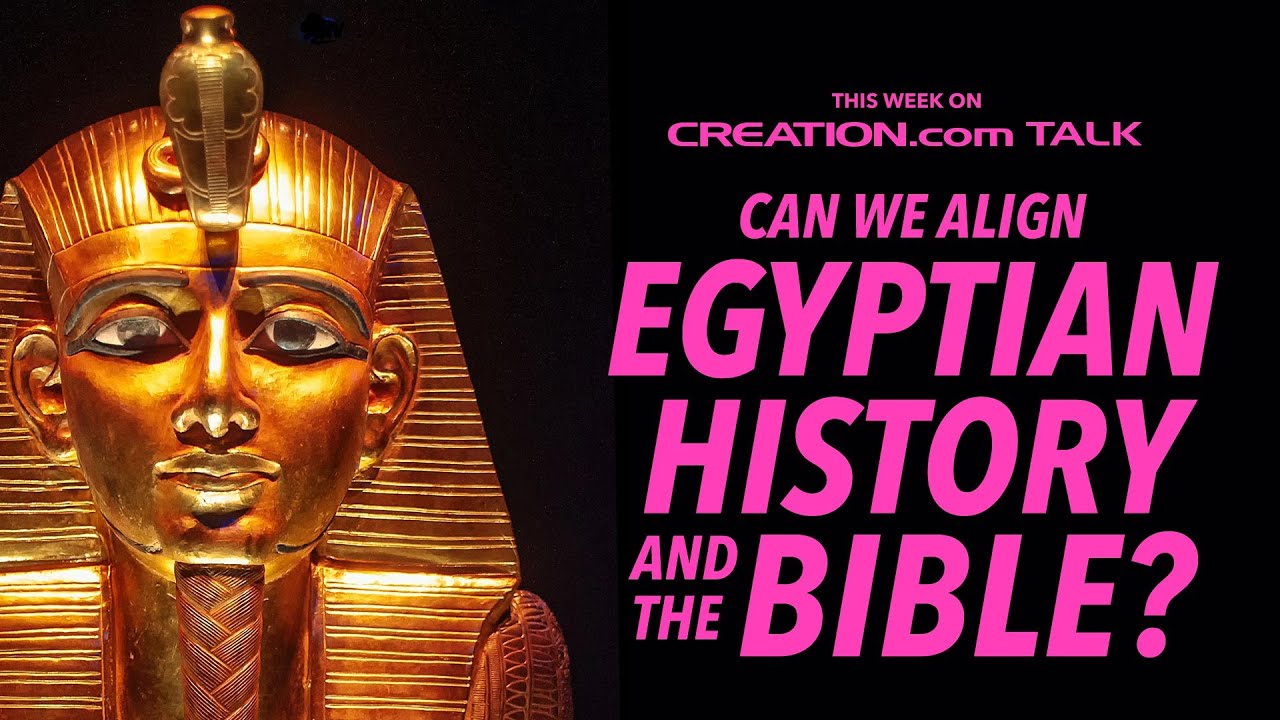Lost cities of the Amazon

Most anthropologists assumed that before the arrival of Europeans, the indigenous people of the Amazon only ever lived in small nomadic ‘Stone Age’ tribes. They taught that societies always progressed from simple to complex, so these peoples had never progressed past a ‘hunter-gatherer’ stage of social evolution.
However, new discoveries are adding to a growing body of evidence that the forerunners of today’s Amazonian tribes were very sophisticated indeed. Using a remote-sensing technology called Lidar1 to reveal what is hidden under the forest canopy, a team of archaeologists have discovered the remains of 26 densely populated urban centres. Two of these cities were three times the size of Vatican City.2
These urban centres were very complex, with 22-metre-tall (70 ft) pyramids, kilometres of elevated roadways, and walled compounds with broad terraces. They also had sophisticated water management systems involving canals and reservoirs to support the large population. The reservoirs may have also been used to farm fish or turtles for food.
Almost 1,000 kilometres (600 miles) of causeways and canals have been found in the area so far, connecting a vast network of hundreds of settlements. The area overall was at least 4,500 km2 (1,700 sq. miles), “with one of the large settlement sites controlling an area of approximately 500 km2”.3 Large-scale agriculture would have been required to supply this huge population, and pollen records have shown that maize was grown in the area.
All this fits well with the Bible’s teachings in Genesis. First, that humans were created intelligent from the beginning. This contrasts with evolutionary ideas of humans evolving from primitive ancestors. Also, the descendants of the Ark survivors who built Babel would have had both ship- and city-building know-how. Yet, following their dispersal, the evidence indicates that many cultures must have lost technology and utilized stone tools for survival, in some cases permanently.
This and similar discoveries confirm the implication from biblical history that cultures can decline as well as advance. Technology can be permanently lost, especially where it involves small, rapidly migrating groups, or cultures subjected to catastrophic dispersal.4 The Spanish conquest was a major disruptive force for the indigenous inhabitants of South America. It included the ravages of introduced diseases. Evidence has for some time indicated that this caused just such a cultural and technological decline for the ancestors of a number of today’s Amazonian hunter-gatherers.5
Clearly, social development is not always one-way, as widely believed. And a hunter-gatherer tribe today does not give us a glimpse of an evolutionary stage that all societies inevitably go through. Genesis tells us that city-building, metalworking and other sophisticated skills were present within the first few generations after Adam, early on in human history.
References and notes
- Light Detection And Ranging—it operates on the principle of radar (Radio Detection And Ranging), but using a laser beam, not radio waves. Return to text.
- Handwerk, B., Lost cities of the Amazon discovered from the air, smithsonianmag.com, 25 May 2022. Return to text.
- Prümers, H. and 4 others, Lidar reveals pre-Hispanic low-density urbanism in the Bolivian Amazon, nature.com, 25 May 2022. Return to text.
- Wieland, C., Culture clash, Creation 17(3):42–44, 1995; creation.com/culture-clash. Return to text.
- Anon., Modern Stone Age reconsidered, Creation 15(4):51, 1993; creation.com/tech-loss. See also Carter, R., What were the so-called Stone Age, Bronze Age, and Iron Age? Creation 44(1):18–20, 2022; creation.com/bronze. Return to text.









Readers’ comments
Comments are automatically closed 14 days after publication.